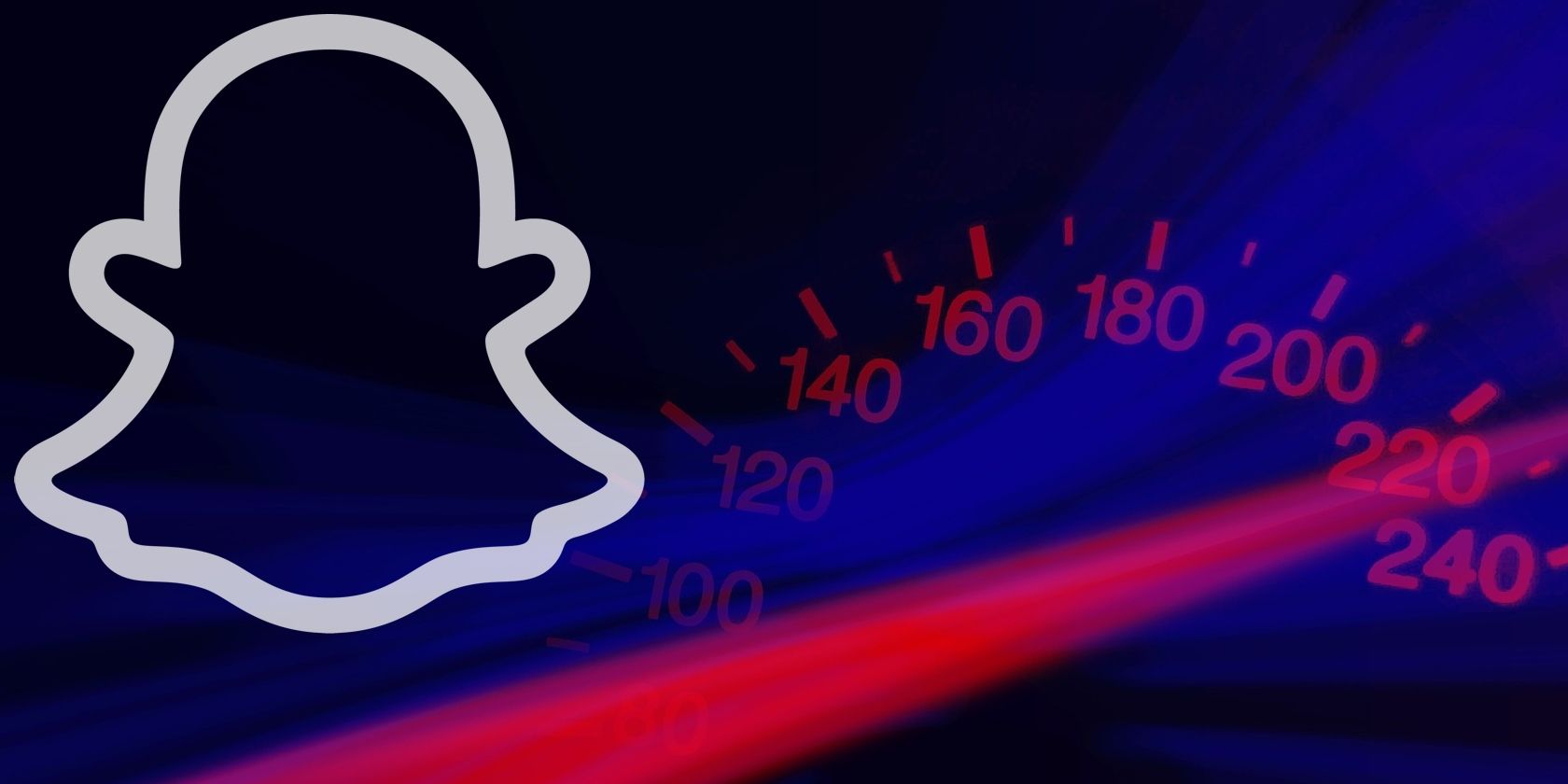Snapchat is getting rid of its speed filter, which users could apply to see and share their current speeds. Critics of the feature say that it may encourage reckless driving.
Snapchat's Speed Filter Hits a Road Block
Snapchat first launched the speed filter in 2013, and it wasn't met without controversy. When using the speed filter, users could see a real-time depiction of how fast they're going. They could then snap a photo at just the right time, capturing their top speed to share with friends.
This could pose some obvious safety risks, as it may entice users to use their phones while driving. That's why Snapchat has decided to remove the filter altogether, as reported by NPR.
A spokeswoman told NPR that the filter is "barely used by Snapchatters" and because of its dwindling popularity, Snapchat is "removing it altogether." She also noted that while Snapchat will remove the filter this week, it could take longer for the changes to take effect.
The Speed Filter's Dangerous Past
Safety experts have long warned Snapchat about the speed filer's potential safety risks. In fact, Snapchat has been involved in several lawsuits where drivers have been killed or seriously injured in car crashes. The drivers in all of these cases were allegedly using the speed filter to show off to friends on the app.
Snapchat made a number of changes in response to this—but it still wasn't enough. The platform swapped the speed filter to a sticker, making it slightly harder to access. It also capped the top recorded speed at 35mph, and added a "Don't Snap and Drive" notification that users would see before using the filter.
In May 2021, Snapchat was sued for the death of three young men. The families claimed that as the 17-year old driver sped up to 123mph, one of his passengers opened Snapchat to record their speed. Although the district court dismissed the case, the appeals court ruled that the boys' parents should have the ability to sue Snap.
Social Media-Related Injuries Shouldn't Go Ignored
Social media is full of dangerous trends and challenges that have contributed to the deaths or injuries of many young users. It's a real problem that social networks often turn a blind eye to.
When will social networks stop "gamifying" potentially dangerous situations? Big tech is often too slow to stop the spread of deadly challenges, and is often ignorant to the fact that certain features can be abused.

